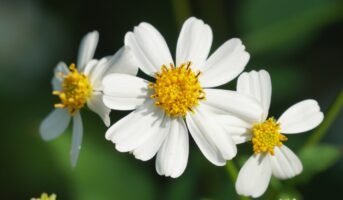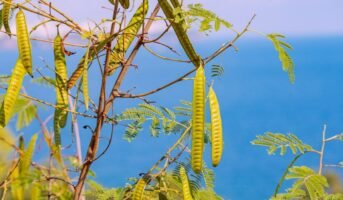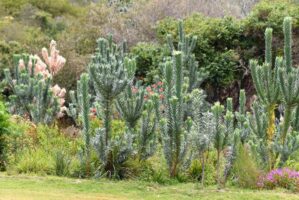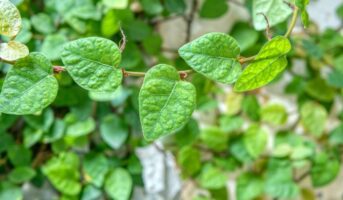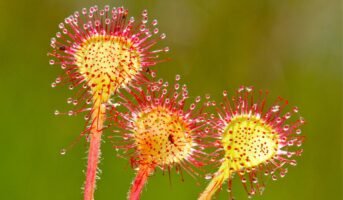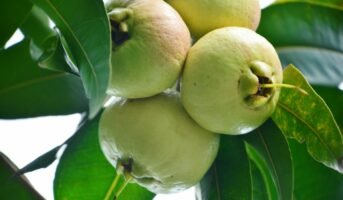What is Pilea Microphylla?
Pilea microphylla is a species of flowering plant in the pea family, Fabaceae, that grows in tropical and subtropical regions. It has been domesticated since antiquity, and people have traditionally consumed its seeds as nourishment. Pilea microphylla is also known as angeloweed, artillery plant, joy powder plant, or brilhantina.
What is the common name of Pilea Microphylla?
Common name of Pilea Microphylla are Artillery Plant, Gunpowder Plant, Pistol Plant. The plant is also known as small grass growing on the brick walls- moss on the wall or rockweed. The plant has got the name gunpowder plant because of the pollen cloud that comes out when the pots of the plant is shaken.
Pilea Microphylla: Quick facts
| Plant name | Pilea Microphylla |
|---|---|
| Common name | Artillery plant |
| Genus | Pilea |
| Family | Urticaceae |
| Life cycle | 1 – 3 years |
| Mature size | 8-12 inches tall and up to 24 inches wide |
| Cultivation | Central and South America, the West Indies |
| Benefits | Medical uses |
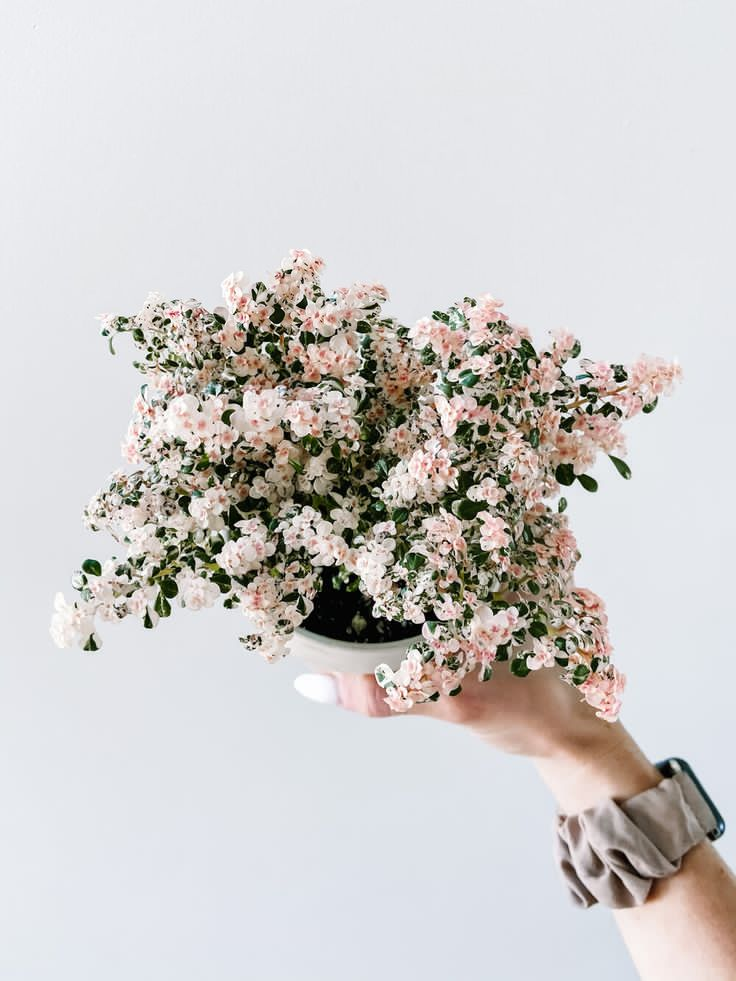
Source: Pinterest
Pilea microphylla physical description
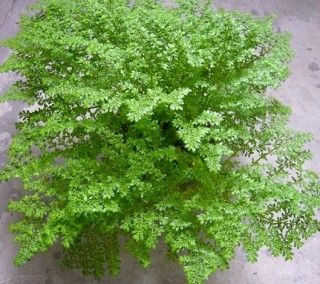
Source: Pinterest
It is a perennial and is also an evergreen. The leaves are green and wrinkled, with serrated edges. This plant can grow up to 12 inches in height (30 cm), though it usually grows much smaller than that. The blooms are tiny and usually white, but they can also be pink or purple.
Pilea microphylla can be used in gardens as an alternative to ferns or other plants with similar foliage. It can also be used as a groundcover because it does not require much space to grow and will stay low-maintenance throughout the year.
How to grow Pilea microphylla?

Source: Pinterest
Pilea microphylla is a flowering plant that grows in the wild in tropical regions. It is a tall, leafy plant with small green flowers that bloom from May through August. The leaves grow on long stems and have a wispy appearance.
Pilea microphylla grows best in partial shade and moist soil with a pH between 6.1 and 7.5. The plant prefers temperatures between 15 and 26 degrees C, so it is best to keep it indoors during cold winter months or under an umbrella when dry conditions are present outside.
To grow Pilea microphylla indoors, start seeds in early spring or purchase seeds from your local garden centre. The seeds should be sown in a tiny container with soil, and they should be well-watered until they are approximately halfway grown. Then place them in bright light conditions until they are ready to be transplanted outside into their final location (after two weeks).
During the growing season (spring and summer), you should water your artillery plants regularly. It is not a wise idea to water when it is raining or when it is winter. You can mist Pilea microphylla occasionally if you want it to thrive in a humid environment.
How to maintain Pilea microphylla?
Pilea Microphylla is a beautiful plant, but it’s not a cinch to keep alive. Here are some tips for keeping your plant alive and thriving:
- If you’re not sure how much water to give your plant, err on the side of caution and give it more than what you think it needs. If it doesn’t seem like your plant is getting enough water, try letting the soil get moist before watering so you can see if it needs more.
- Pilea Microphylla will grow branches off its main stem if they are not regularly trimmed back. With a pair of sharp scissors, cut these off at the base, so they do not grow too long and block the sunlight from reaching other parts of the plant’s root system, causing other problems down the line.
- Pilea Microphylla takes up a lot of room in its pot and will eventually outgrow its container unless you move it into something larger sooner rather than later. If possible, start by planting this plant in a large bowl or vase that can be moved around quickly when necessary.
- This will promote lush growth but also encourage fungal disease, specially in the black spots. Instead, fertilise about once every two weeks with chicken manure or an organic fertiliser containing micronutrients like fish emulsion.
Pilea microphylla uses
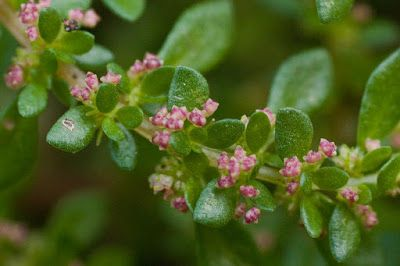
Source: Pinterest
Pilea microphylla has long been used as a remedy for various ailments, including infections, gastrointestinal issues, and insomnia. Since it is non-toxic, this plant is typically used in teas and tinctures but can also be used in capsules or powders. It is a beautiful plant and can be used to improve the aesthetics of your living room or balcony.
Pilea microphylla benefits
Some benefits of the plant:
- Helps with digestion
- Has analgesic properties
- It may help with high blood pressure
- Has antibacterial properties
FAQs
How is Pilea microphylla used?
Folk medicine uses Pilea microphylla to treat various allergies/wounds.
Can Pilea microphylla be grown indoors?
Yes, these plants can be grown indoors.
What's the most effective way to take care of a Pilea microphylla?
This plant prefers full sun, but will also thrive in light shade, provided the soil is well-drained and moist. Water should only be applied if the soil dries out completely between waterings.
| Got any questions or point of view on our article? We would love to hear from you.Write to our Editor-in-Chief Jhumur Ghosh at [email protected] |
Housing News Desk is the news desk of leading online real estate portal, Housing.com. Housing News Desk focuses on a variety of topics such as real estate laws, taxes, current news, property trends, home loans, rentals, décor, green homes, home improvement, etc. The main objective of the news desk, is to cover the real estate sector from the perspective of providing information that is useful to the end-user.
Facebook: https://www.facebook.com/housing.com/
Twitter: https://twitter.com/Housing
Email: [email protected]

